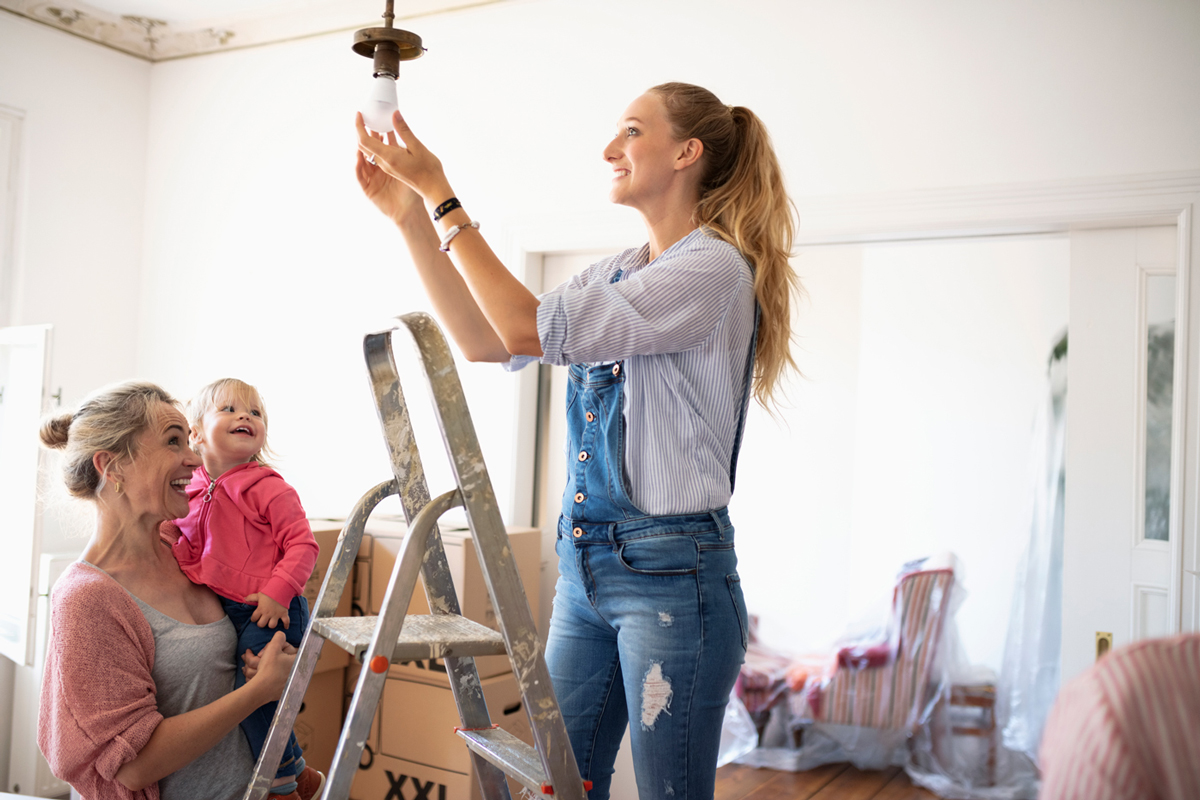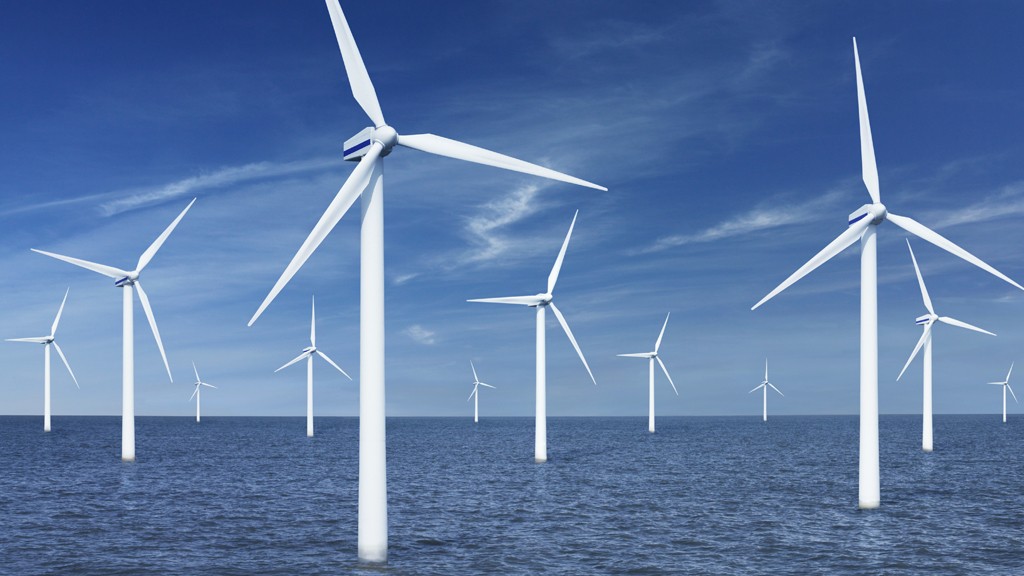The phrase “building back better” has become the mantra for post-COVID recovery. Originally coined as the terminology for disaster and risk reduction response, its meaning took on a new importance as the world was almost brought to a standstill during quarantine, and subsequent economic growth and sustainability became the focus of the UK government in the roadmap out of lockdown towards the UN Paris Agreement and the net zero 2050 commitment.
Real estate and the built environment’s role in the building back better initiative is one which is now dependent, to a significant extent, on reaching net zero if it is to not only survive but thrive, as those who do not meet new energy standards risk becoming stranded or unattractive, therefore, losing value.
With the UK currently facing a burgeoning housing crisis, with estimates that in England alone, around 340,000 homes must be built per year until 2031 to meet demand, social impact is intrinsically linked to environmental performance. The government has confirmed that all new residential buildings must be zero carbon by 2025, and in response to a consultation on the Future Homes Standard – it said that new homes would be expected to produce 75-80% fewer carbon dioxide emissions compared to those built to current Building Regulations. This year alone, carbon emissions on new homes must be reduced by 31%.

